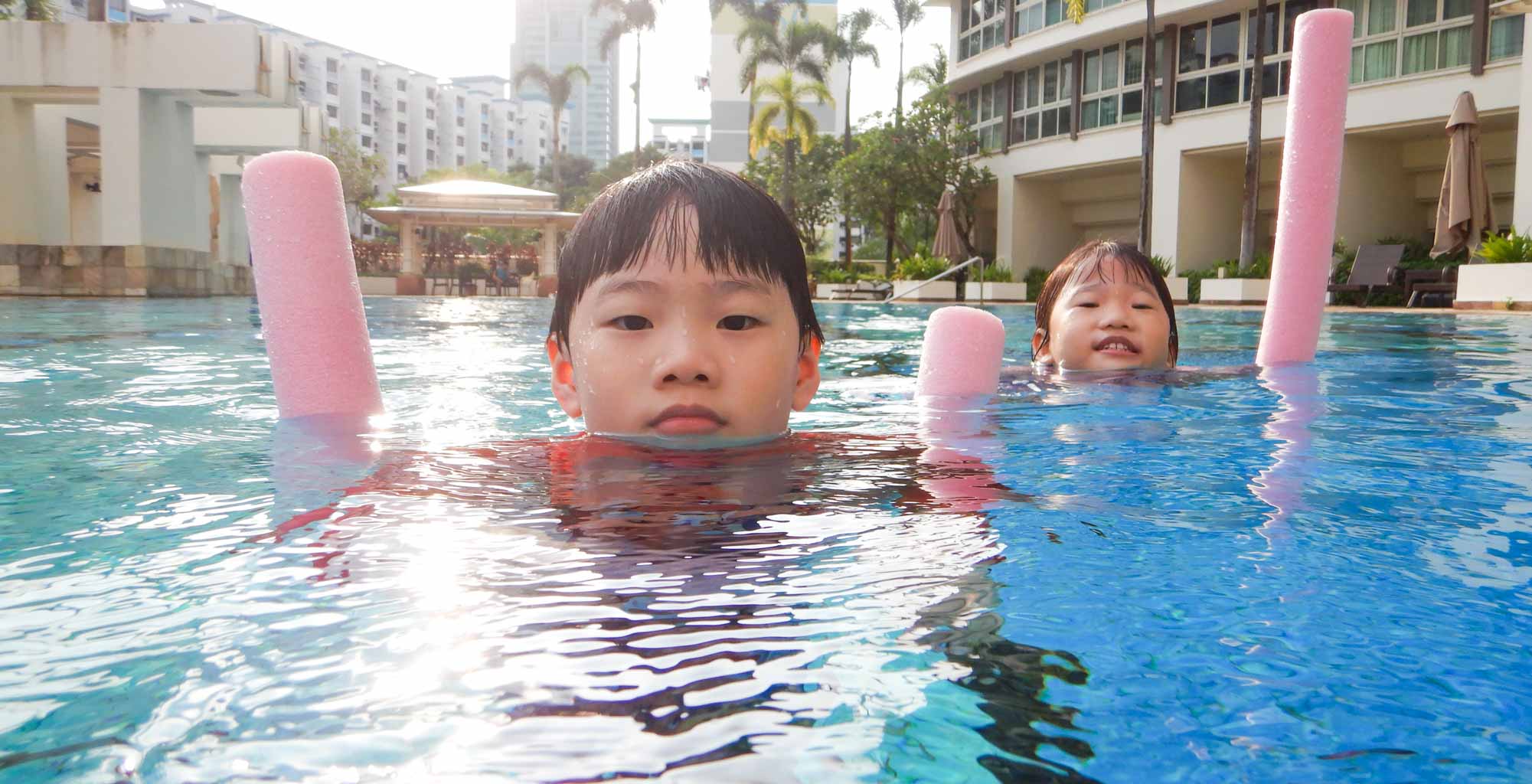Injury Care and Prevention
Sometimes, injuries occur to swimmers who follow a well-planned training program and pay close attention to stroke technique. The key to recovering from an athletic injury is to react promptly with a rehabilitative plan that involves resting the injured muscle or joint, rebuilding it with stretches and strength training, and taking precautions against reinjury.
Swimmers are accustomed to working out as a team, practicing in the morning, and leading healthful lives. Many people might not be aware that swimming with improper form or less strength and flexibility might result in overuse injuries.
By engaging in a strength training and stretching program, young swimmers can enhance their cardiovascular and muscular endurance, which will result in improved and more consistent stroke mechanics.
Athletes who follow a strict regimen for their rehabilitation and who maintain their optimistic outlook heal from injuries fast and effectively.
Years of coaching and sporting experience have compiled the following injury advice list.
- Listen. When your body warns you of an injury, pause and pay attention. Swimmers’ injuries would be less complicated, their recovery times would be shorter, and their training schedules would be thrown off if they paid heed to the early signs of pain. This may seem common sense, but swimmers will occasionally deny the discomfort and keep swimming until they cannot raise their arms.
- Rest. Take a few days off from your usual activities to allow the wounded area to heal. You can concentrate on your legs with a pool workout that involves simply kicking if you have a shoulder problem. Other choices include favorite cross-training activities, including riding a bike, using an exercise machine, Pilates, and yoga.
- Ice. Ice is the best anti-inflammatory, but it’s not always practical. Inflammation can be considerably reduced by applying an ice bag to an injury for 10 to 15 minutes several times a day, especially after physical activity or a massage.
- Consult a professional. Seek the assistance of a physical therapist (PT) if the discomfort persists even after taking a few days off from activity. A skilled physical therapist can design a customized recovery program that will enable you to return to the pool sooner than if you wait for the injury to heal. Following a thorough physical therapy regimen incorporating stretching, strengthening, massage, and ice, you may return to the pool with increased strength and resilience against future injuries.
- Massage. Massage is a common component of physical therapy and is an efficient approach to restoring blood flow to the affected area. A skilled professional’s deep-tissue massage can occasionally help athletes relieve muscle soreness that may be the first sign of an injury.
- Focus on the positives. Maintain a cheerful attitude and make every effort to complete your training. For cardiorespiratory conditioning, use cross-training options and, this time, experiment with Pilates or yoga. Individuals who swim to become better kickers might work harder on their legs while keeping their shoulders relaxed.
- Make a prevention plan. This is possibly the most crucial advice for athletes hoping to avoid or remove themselves from the injured list. Consider how the injury happened. Should you have been overly ambitious too quickly, you ought to devise a strategy for a more measured increase. If your stroke technique is off, speak with your swim coach or a certified instructor about making your stroke more efficient and less stressful, which can lead to injury.
You can increase your resistance to injury by implementing and adhering to the stretching routine outlined in this blog post. You can reduce your risk of shoulder problems by performing internal and external rotation exercises with a low resistance band, lots of repetitions, and a full range of motion. Routines for strengthening the core should be a part of any preventive program.
You are generally less likely to get hurt if you actively engage in a dry-land program that includes strength training, stretching, and cross-training. If you are injured, your chances of recovering swiftly are also increased. The advantages of a dry-land workout, including enhanced balance and core strength, put you in a better position for an injury-free, productive training regimen that will inspire and vary for many years.
A thoughtful long-term training program will incorporate one or more dry-land exercises. Before recently, swimmers frequently disregarded the advantages of dry-land workouts for their preparation. You can become more efficient in the pool and open water by developing a more fluid and streamlined body line and increasing stroke power with a well-designed strength and flexibility program.
Getting a variety of training experiences, including cross-training in other sports or enrolling in formal fitness courses, is essential to preventing burnout, overtraining, and swimming injuries. Maintaining your focus on swimming training while including these other aspects may require some juggling, but the result—a whole-body training program—will keep you swim-fit for life.
Common Swimming Injuries
Neck and shoulder injuries are among the most common injuries that swimmers face.
Neck and shoulder injuries during swimming include:
- Soreness and swelling in the shoulders
- Rotator cuff tendonitis or tears
- Shoulder impingement syndrome, which is a result of pressure on the rotator cuff muscles from part of the shoulder blade when the arm is lifted overhead
- Tears in the cartilage around the shoulder socket
- Neck and lower back pain
- Bicep tendonitis
- Swimmers might also experience knee injuries. Stress on the knees can result in pain under or around the kneecap or at the inside of the knee.
Swimmers who experience pain or soreness for more than 48 hours should seek medical attention.



